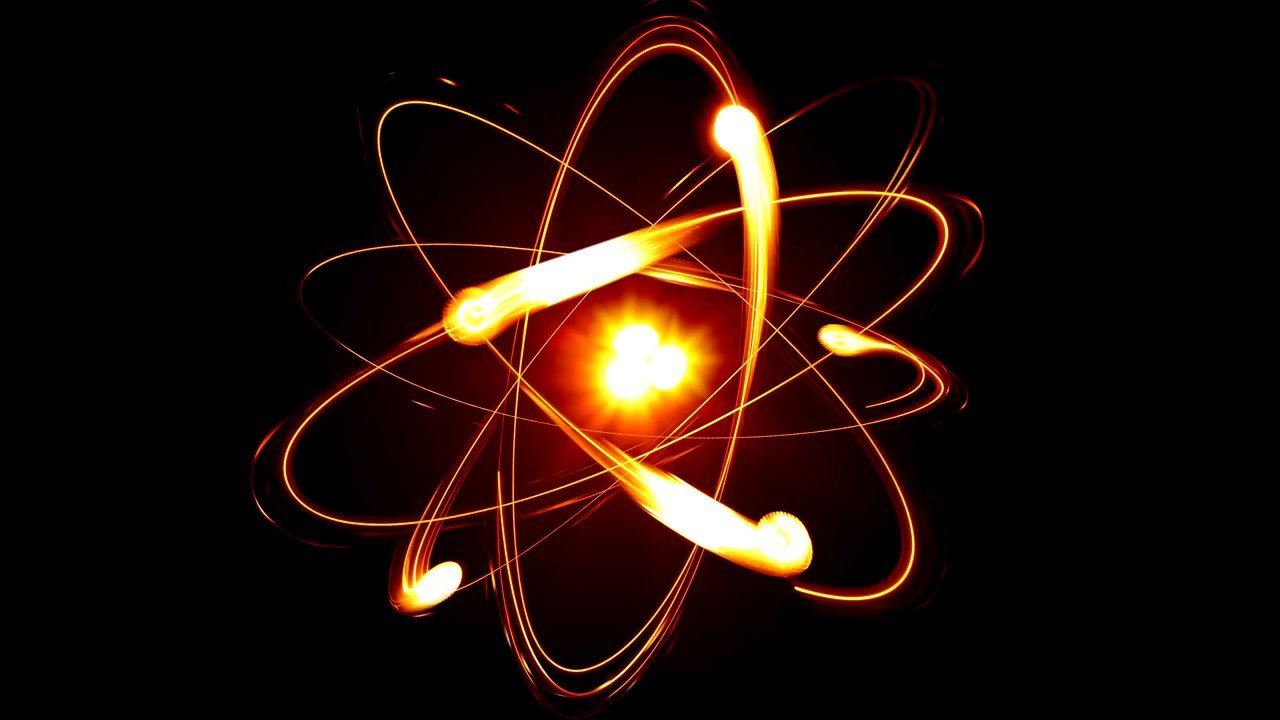“Edgy” takes on new meaning when experimenting with certain quantum states of matter. Researchers at the Weizmann Institute of Science investigated electrons that move around the edges of a unique system. Their measurements – the most precise and sensitive ever – revealed an interesting twist to the story of electron behavior on the quantum level.
Researchers in the lab of Prof. Eli Zeldov of the Institute’s Condensed Matter Physics Department conducted their experiments in collaboration with the group of Prof. Andre Geim at the University of Manchester. Geim is one of the inventors of graphene – a molecular layer of carbon – a feat that garnered him a Nobel Prize in Physics in 2010 jointly with Prof. Konstantin Novoselov. Graphene is prized for quantum Hall experiments as, in addition to enabling two-dimensional flow, it is very clean, enabling excellent electron mobility and little-to-no energy loss.
Zeldov and his team performed their measurements with a unique piece of equipment developed in his lab based on a device called SQUID – for Superconducting QUantum Interference Device. Mounted on a point-sharp quartz tube coated in superconducting materials, this world smallest SQUID-on-tip is a teeny tiny ring that is raster scanned over a surface to image various nanoscale phenomena.
In earlier research conducted in collaboration with Geim’s group on layers of ultra-cold graphene, the scientists had shown that the SQUID-on-tip was so sensitive it was able to measure the slightest of thermal signals: heat emitted from a flow of electrons losing some of their energy in “traffic accidents” – hitting individual atomic defects in the material and “back scattering” from their original direction. This study enabled the researchers to image each and every atomic defect in the material causing energy dissipation.
[rand_post]
In the new experiments, the team took the graphene setup one step further, using it to create a quantum Hall system. In a quantum Hall system, electrons move in an ultra-cold, two-dimensional plane exposed to a strong magnetic field. First demonstrated in 1980, this experimental setup has led to numerous discoveries about the basic nature of the behavior of particles in quantum systems that are “topologically protected”. Here explains Zeldov, edges became important: In this state, the electrons move only along the edges, running in a loop clockwise, for example, up one edge and down the other. In between is the “bulk,” which acts as an insulator, keeping the two sides apart and “protecting” the electrons from losing “track”.
The dissipation patterns they had found in the previous experiment did not prepare the scientists for what they observed in the new one. They had expected to see confirmation of theories describing when and how quantum Hall systems are allowed to lose energy. Yet the researchers noted dissipation where none should have occurred, and none where they had expected to see it.
For example, they expected the system to be an ideal conductor – one that does not allow energy dissipation along the edges where the electrons flow. But the heat map they obtained showed a fair amount of heat dissipating at the edges. Did these measurements somehow contravene the rules for energy loss in electrons in quantum Hall systems?
[ad_336]
These experiments were conducted on graphene sandwiched between insulating layers, with silicon below to control electron density and the SQUID needle above. In addition to recording, the SQUID needle could be used to “tune” the experimental conditions, adding or removing electrons, for example, or changing the effective shape of the edge – as it is “seen” by the electrons.
By manipulating the SQUID-on-tip, the researchers were able to create two separate maps – one of heat dissipation and the other of resistance – finding these overlapped, but not completely and not in all conditions. This led to the discovery of another curious phenomenon: Instead of one clockwise loop of electrons flowing on the edges of the graphene, there were apparently three loops: two moving clockwise and one flowing counterclockwise right next to the other two.
“We saw this because our method of measurement provides local, spatially resolved nanoscale information, and it is thousands of times more sensitive than any others,” says Zeldov. “In global measurements, in contrast, the opposite contributions of the clockwise and counterclockwise current loops to the signal cancel each other out, and the reading would show as if only a single clockwise loop is presence rather than three.” The existence of the multiple counterpropagating loops is what causes the dissipation. The electrons are like train cars on a one way track, explains Zeldov. They can “jump” onto the revealed neighboring track going in the opposite direction, dissipating energy in the process.
“This is the first time anyone has been able to spatially resolve such a process in a quantum Hall state in any material and to reveal the microscopic mechanism leading to energy dissipation,” he adds.
And while they have shown that the findings do not disprove the fundamental theories of energy loss in quantum Hall states, the research team have created the groundwork – both theoretical and experimental – for further discoveries in this very basic realm of physics.
